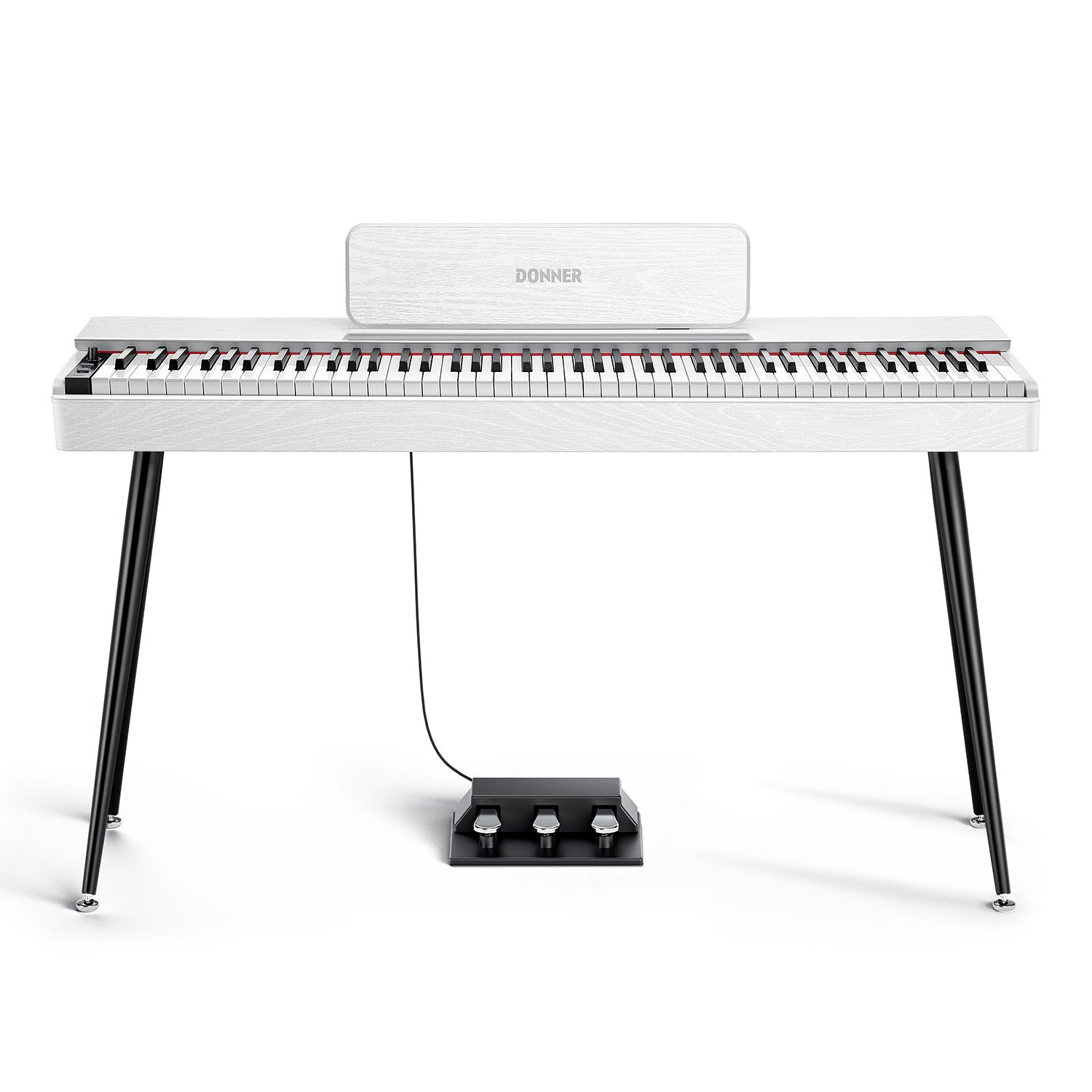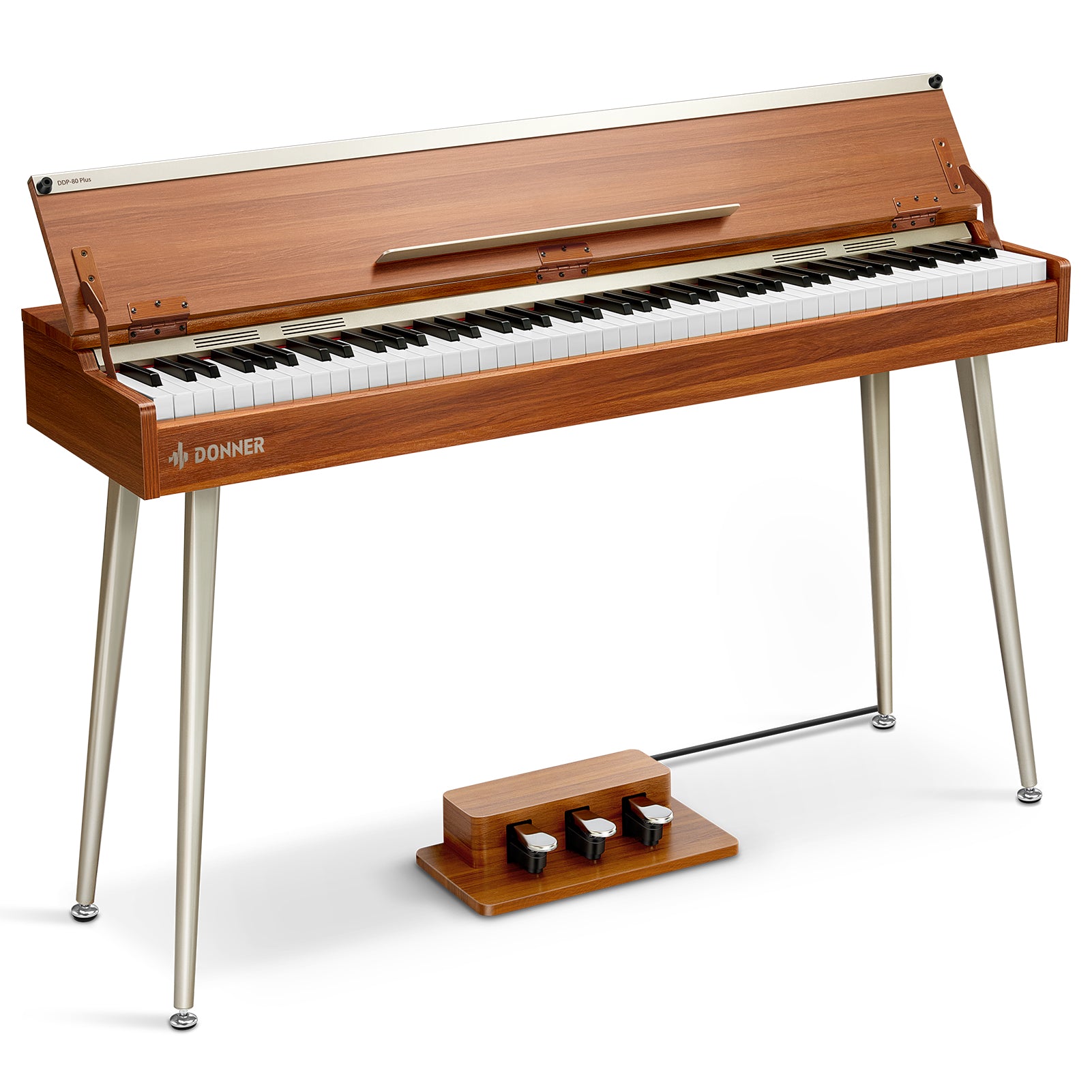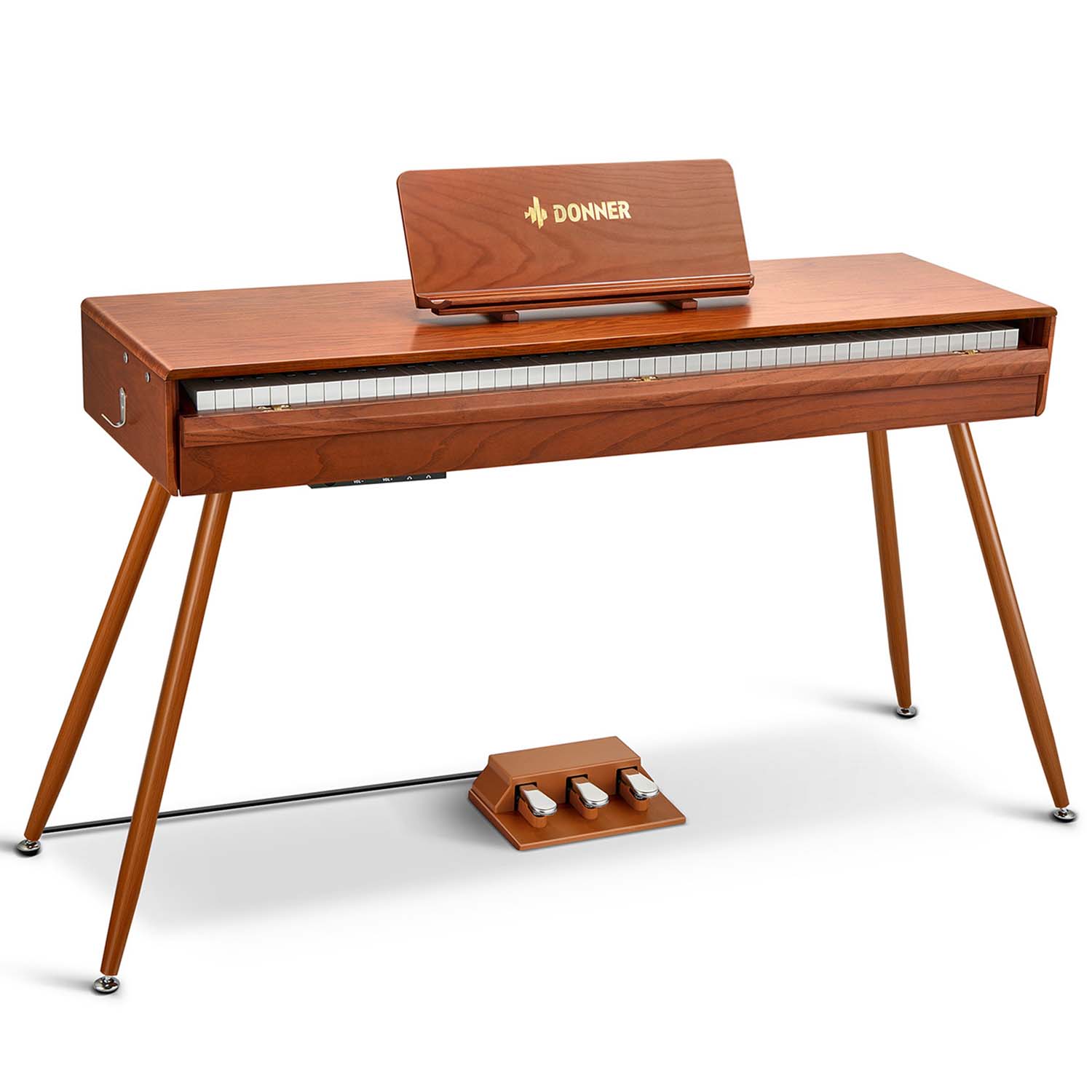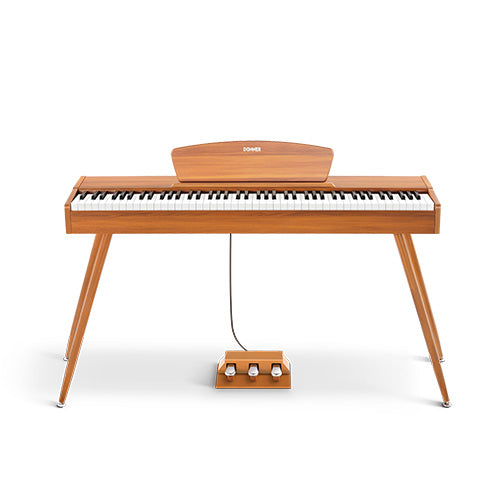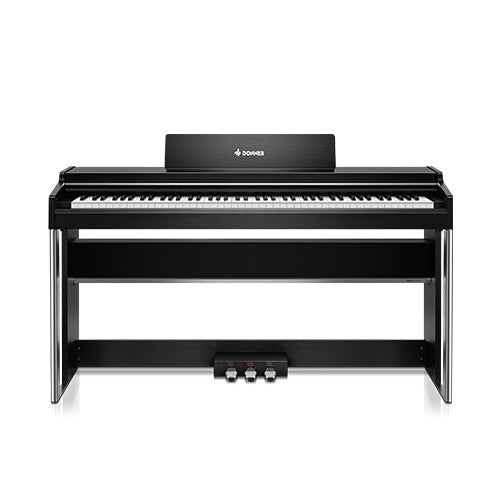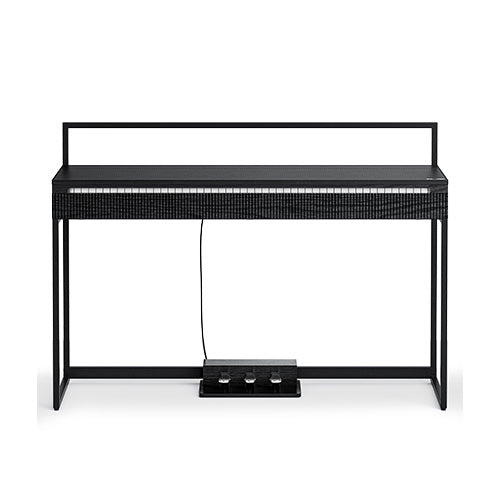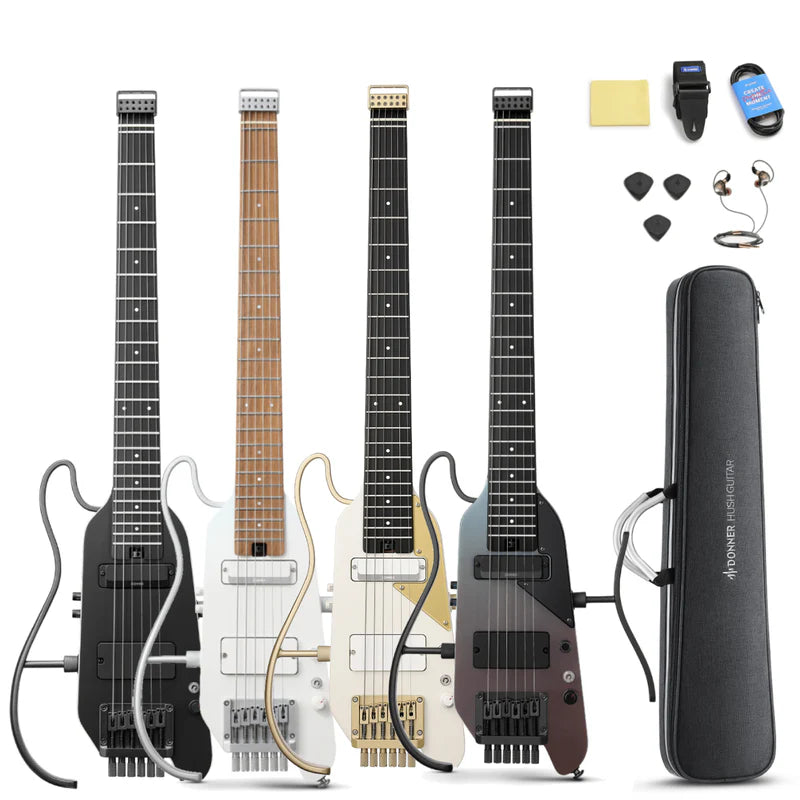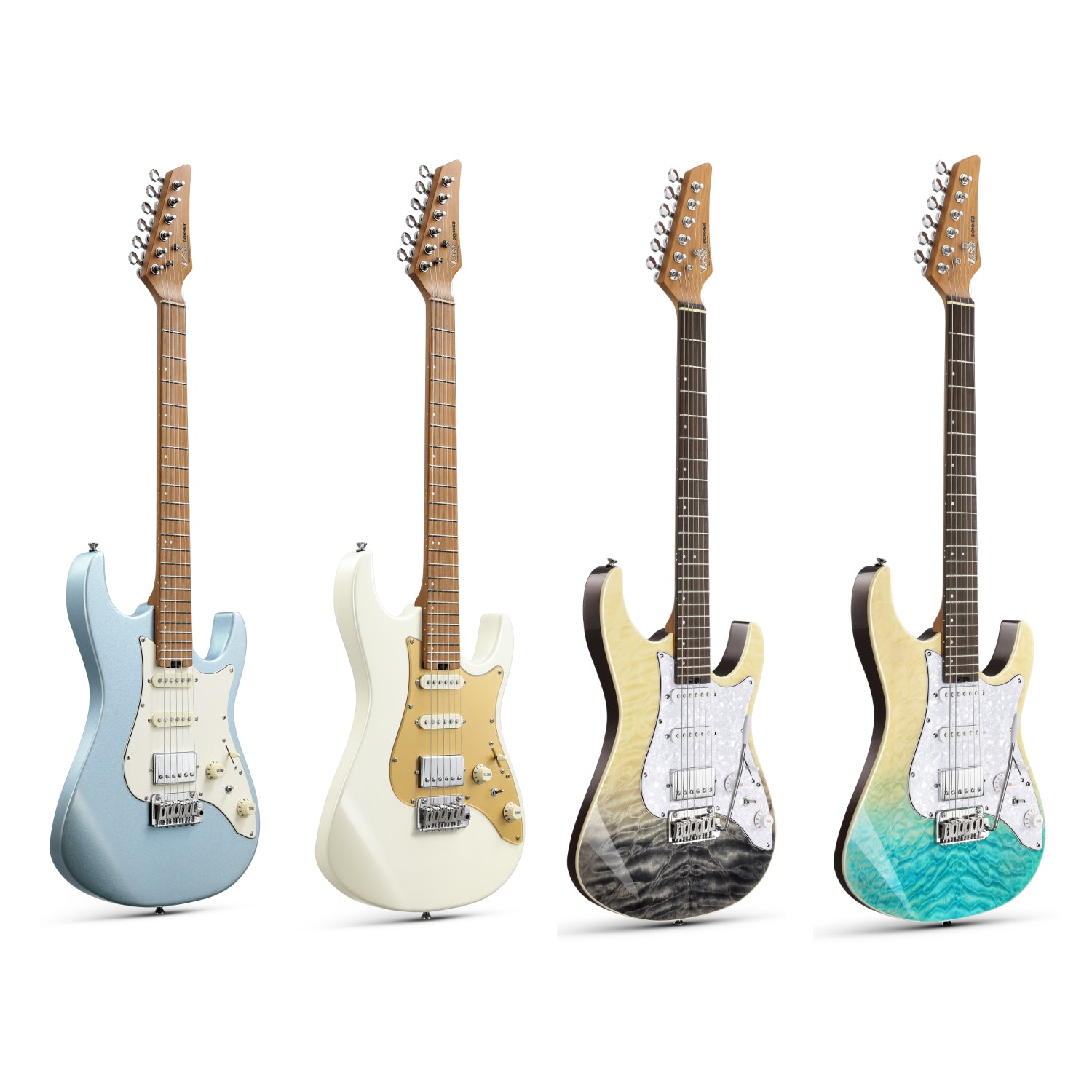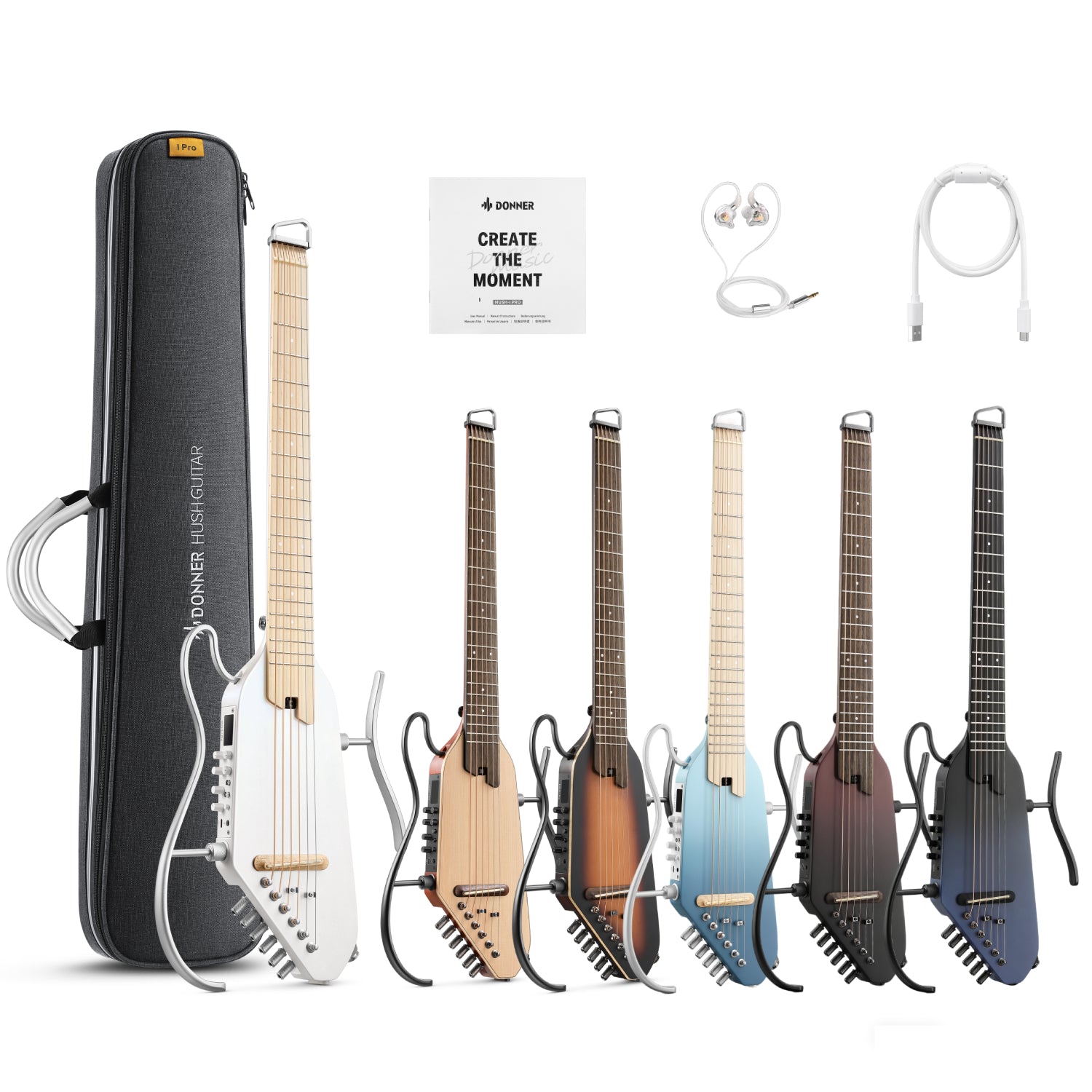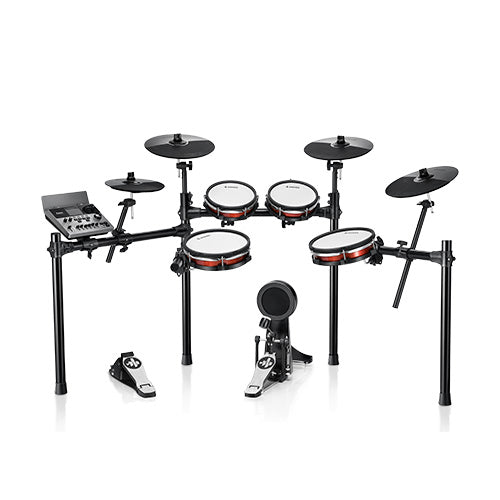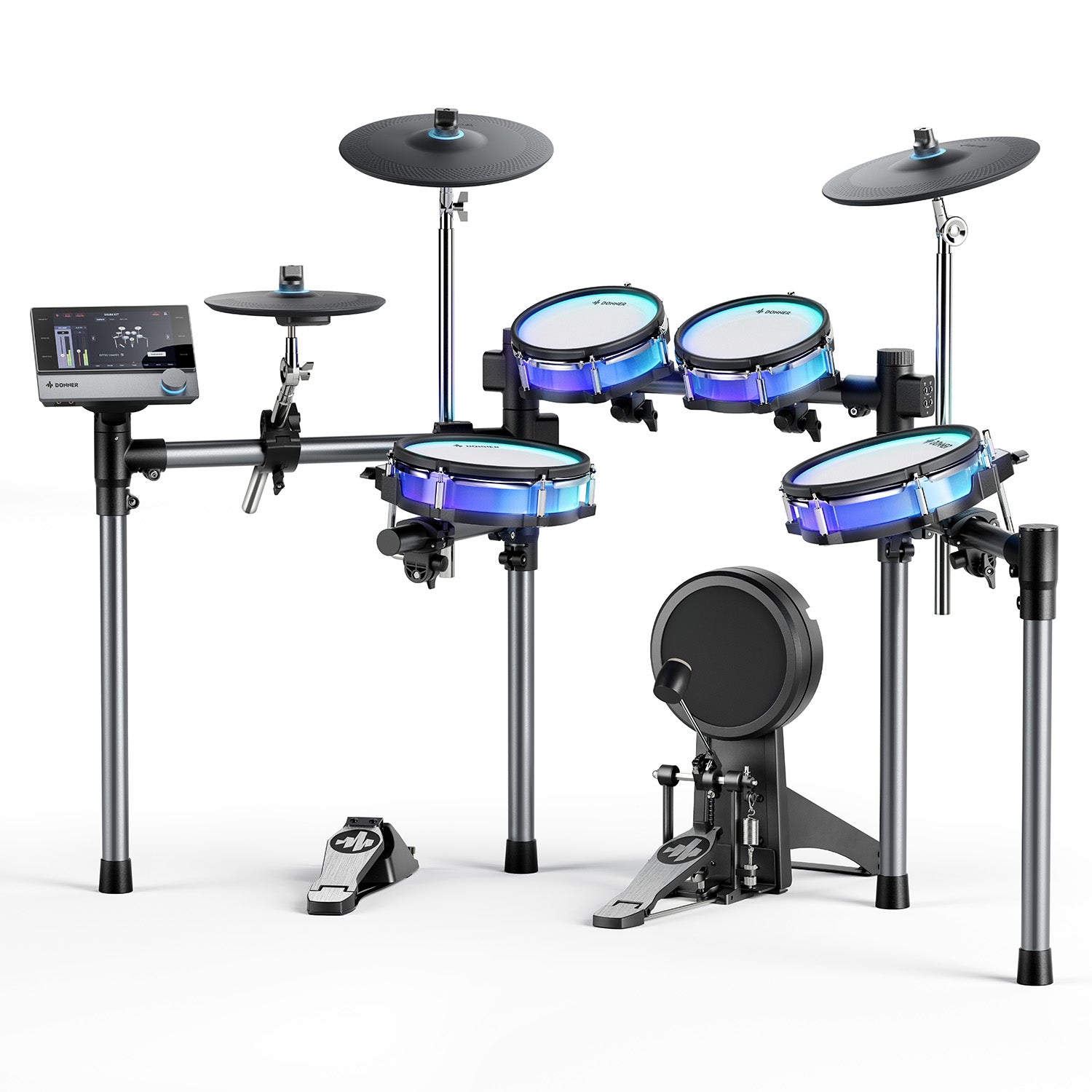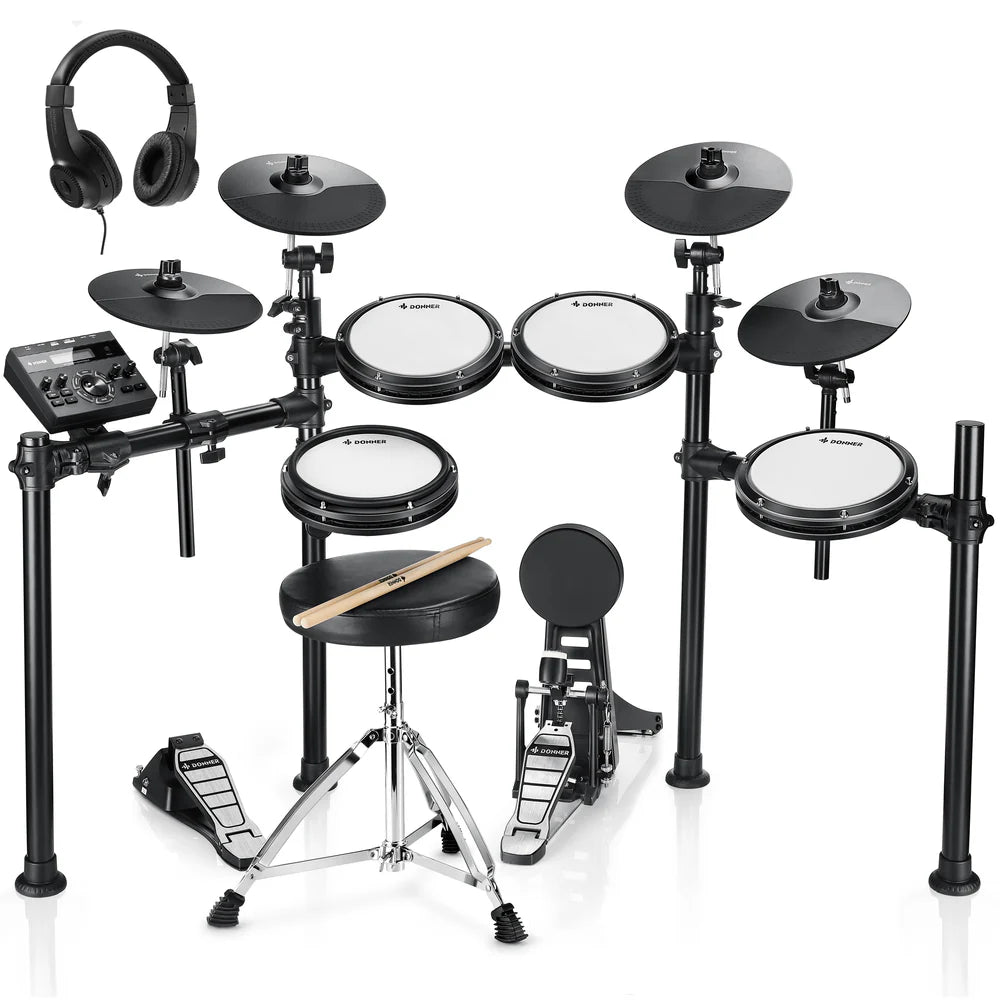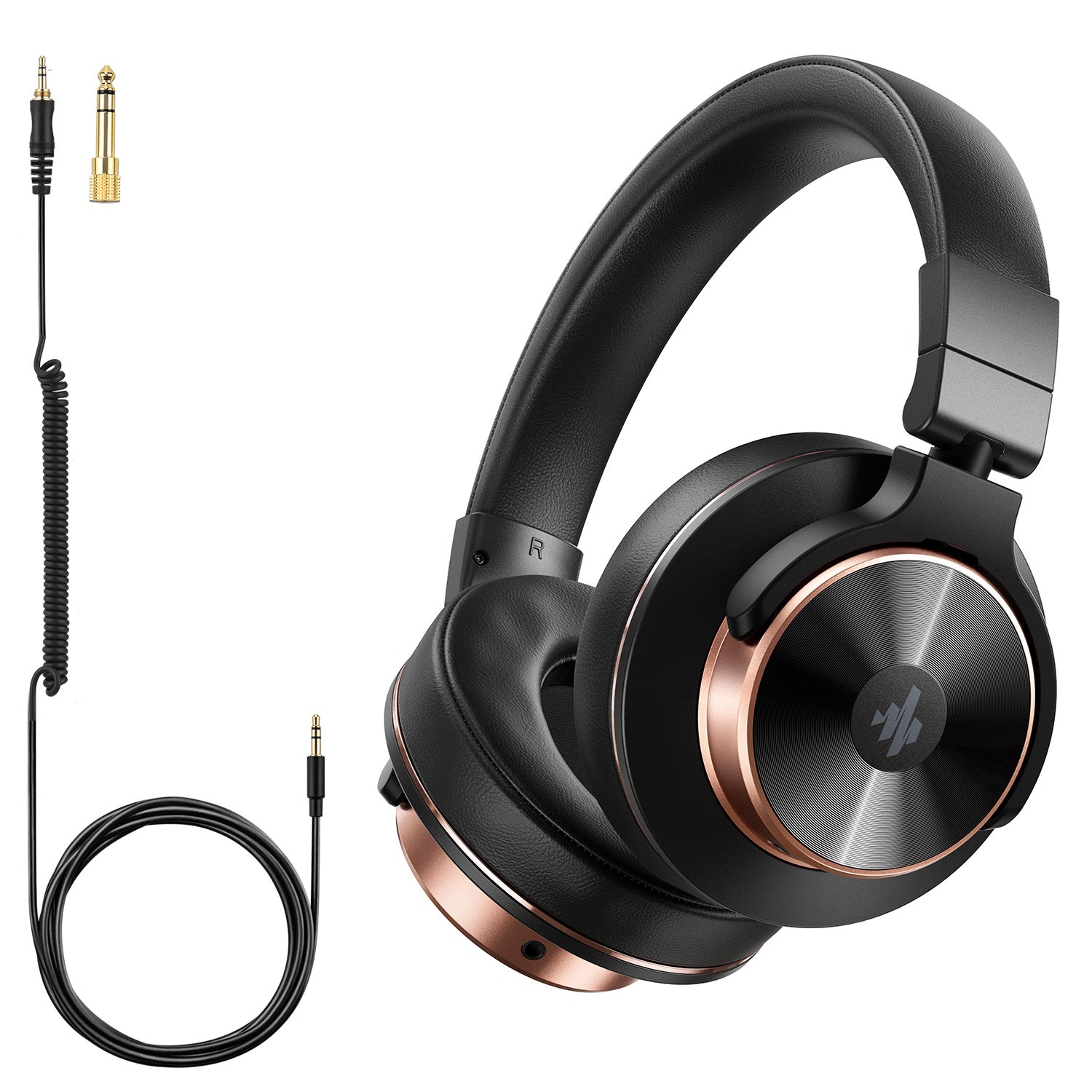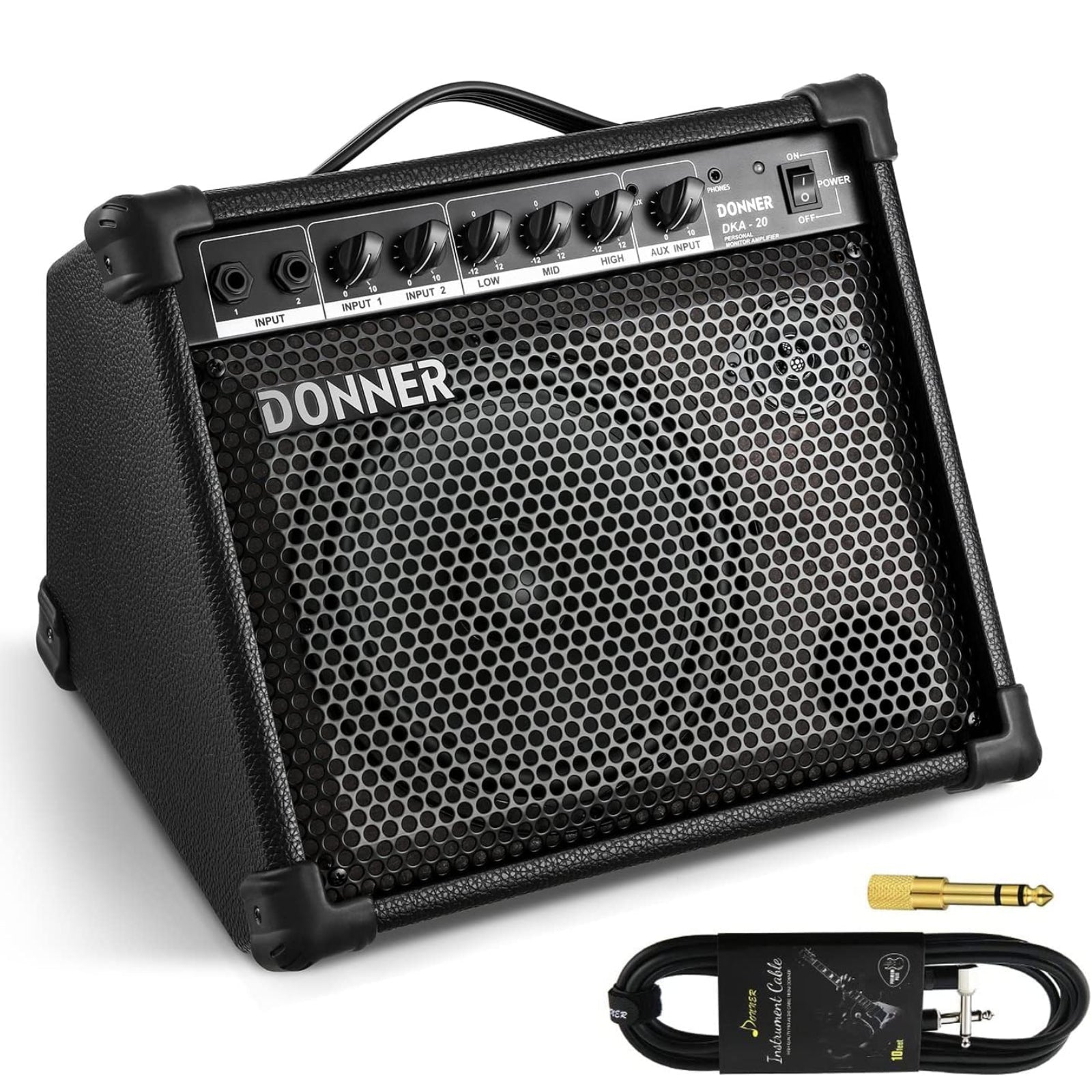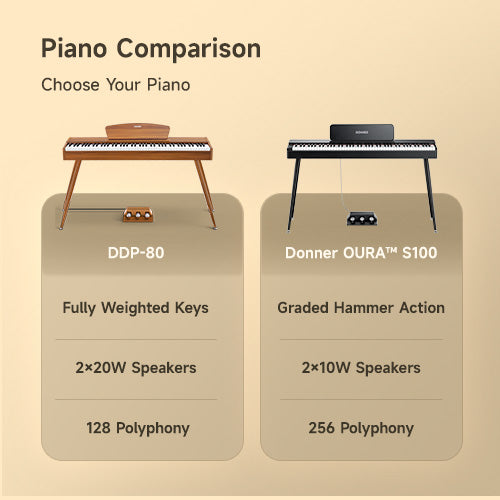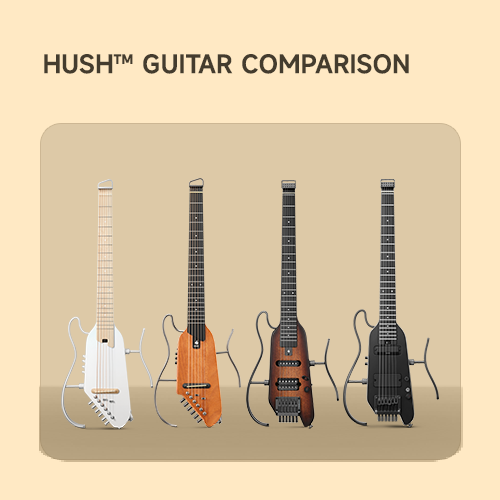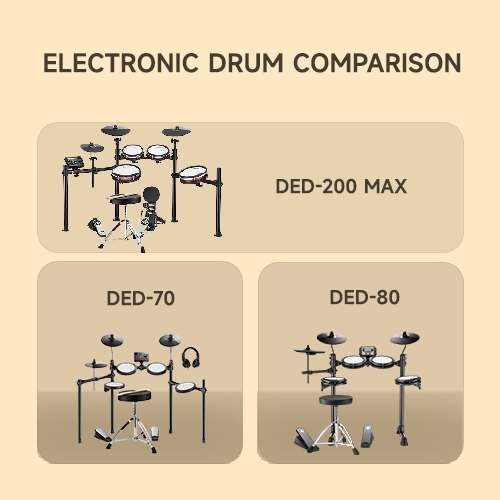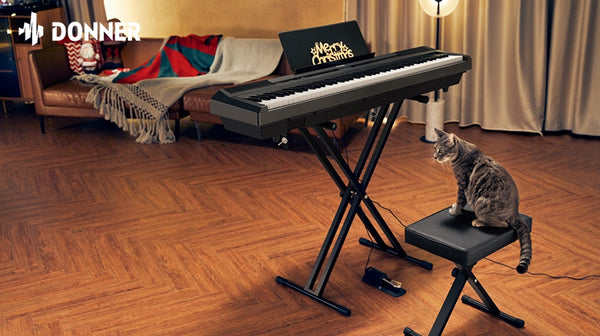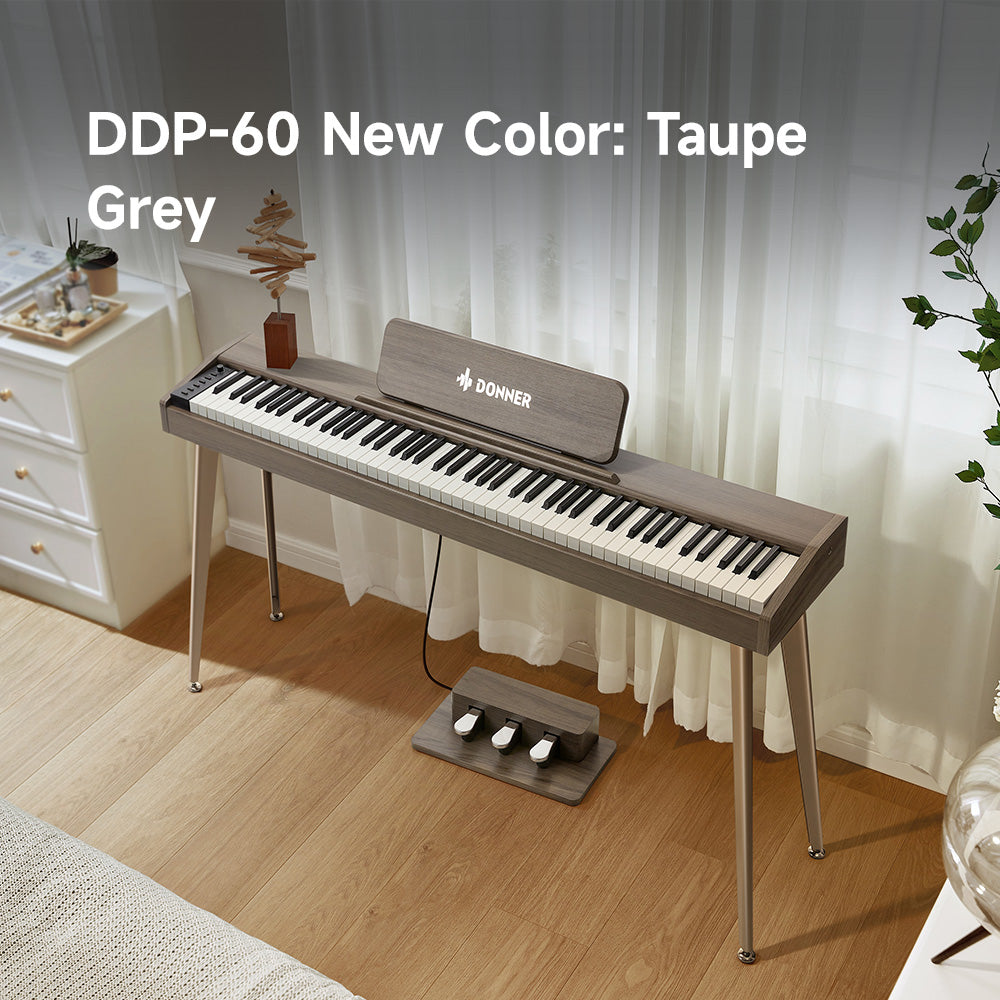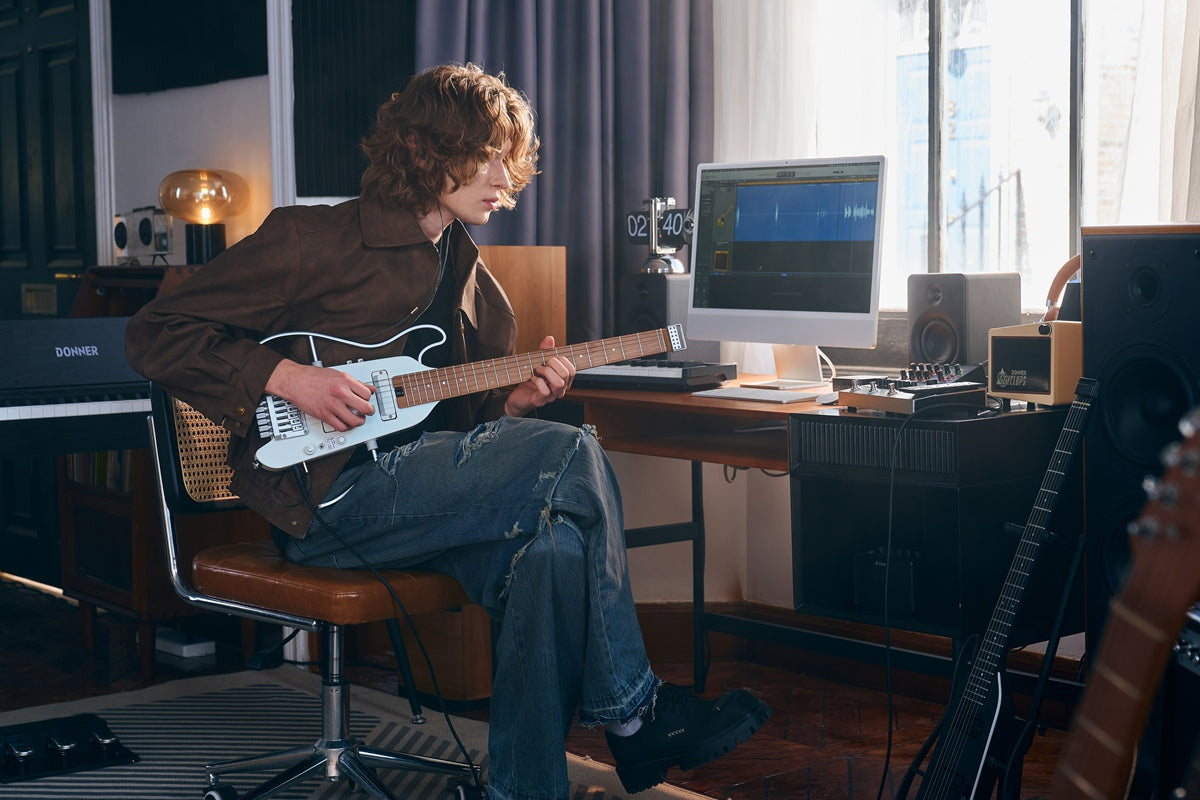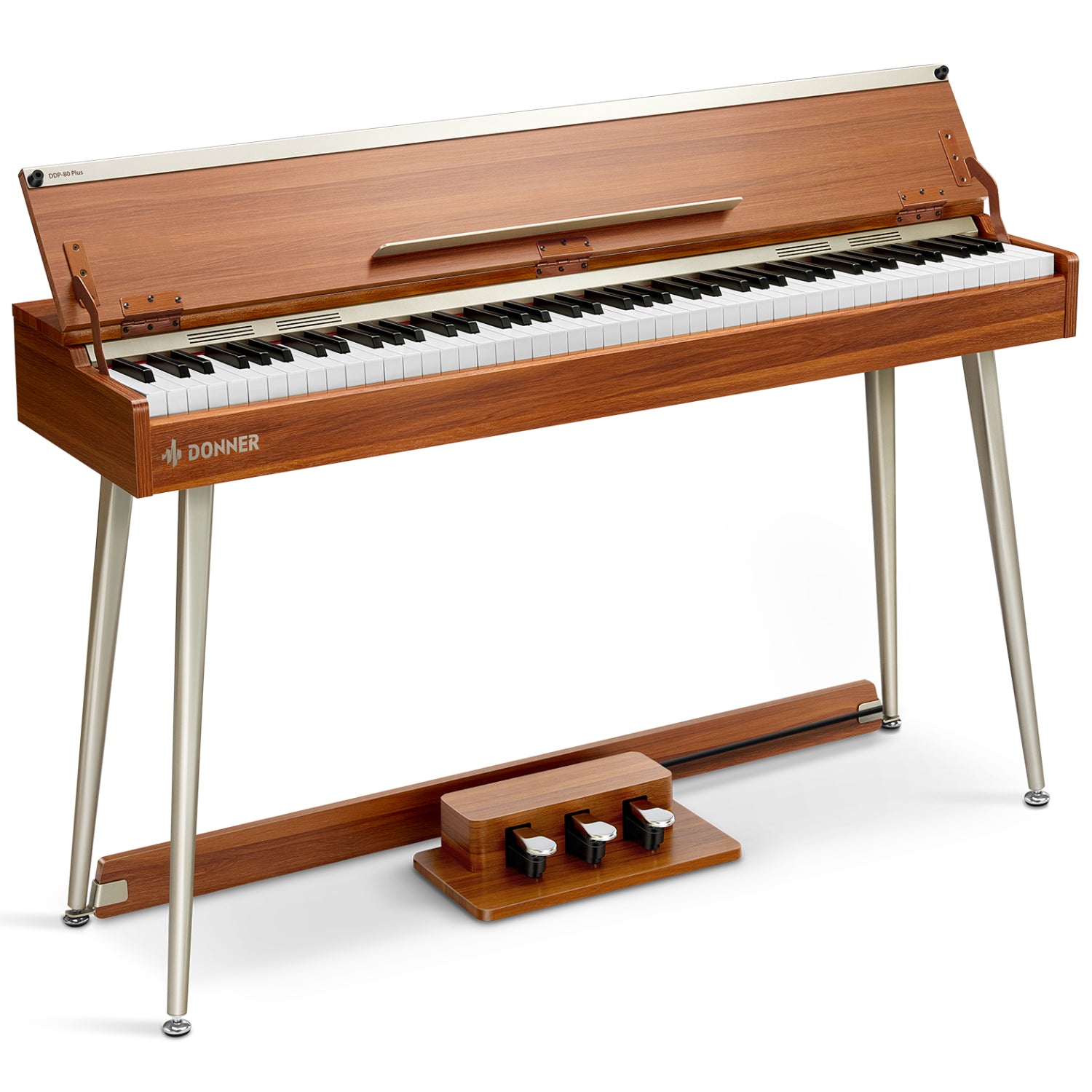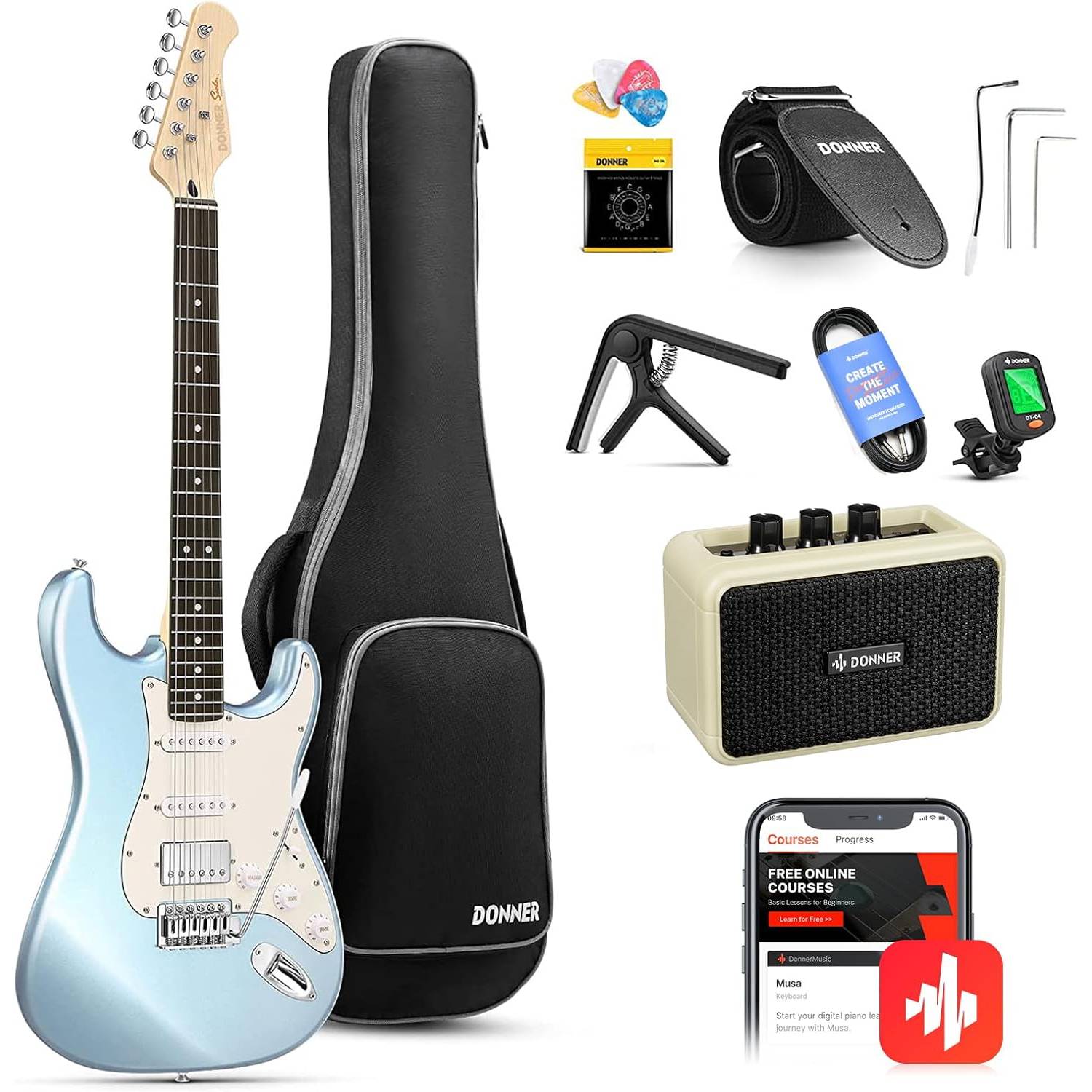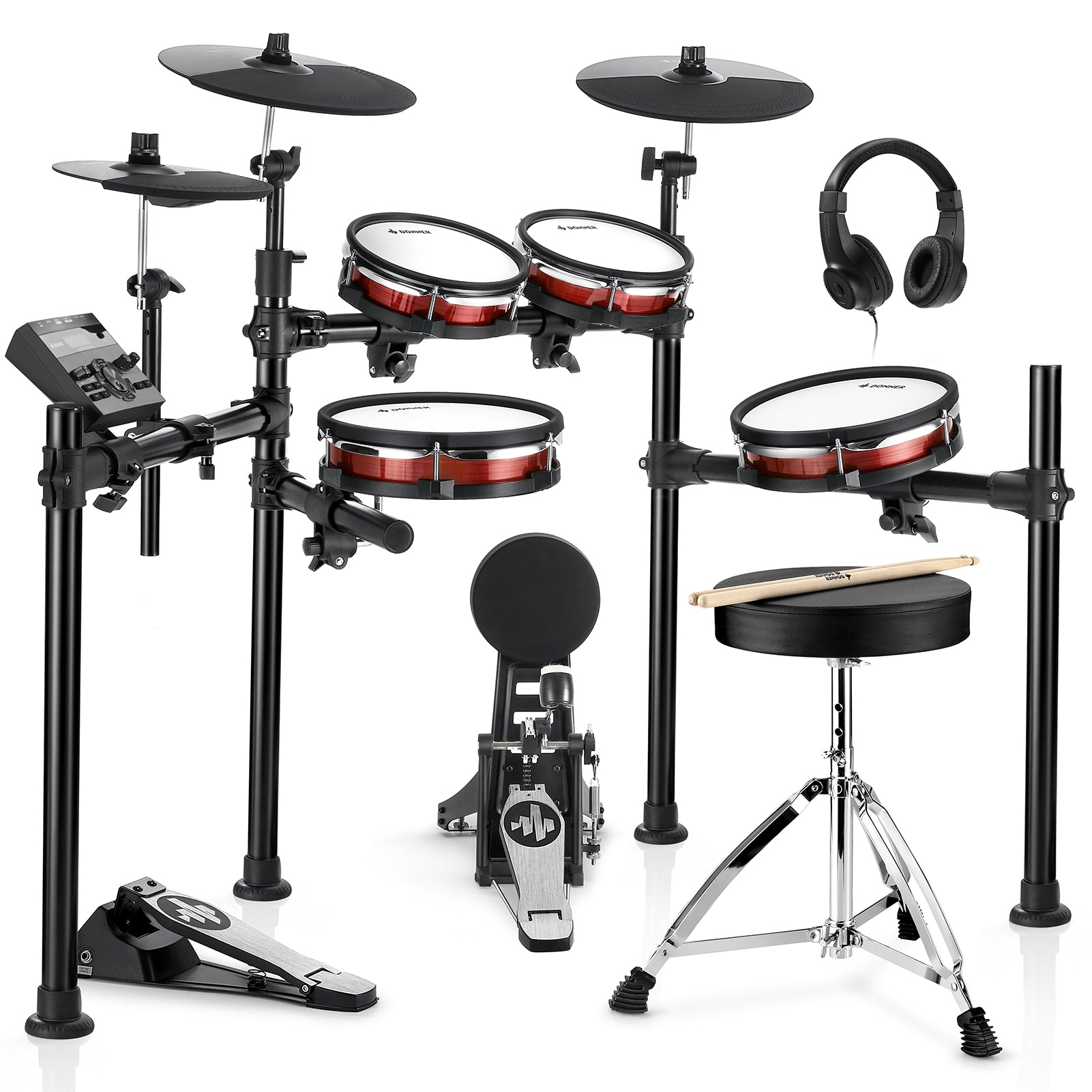Using a keyboard stand is crucial for musicians and music enthusiasts to ensure proper posture and support while playing. This blog aims to discuss the benefits of different types of keyboard stands and provide tips for choosing the right one.
Importance of Using a Keyboard Stand
Stability and Support
A keyboard stand forms the foundational support for digital pianos and keyboards, offering stability crucial for a musician's performance. It acts as a reliable base, ensuring that the instrument remains steadfast during intense playing sessions or live gigs. The robust structure of these stands prevents any unnecessary movement, allowing musicians to concentrate solely on their music without concerns about the instrument's stability.
Ergonomic Customization
One of its key benefits lies in its adjustable features. Keyboard stands can be tailored to fit a musician's preferred playing height and angle. This customization plays a vital role in optimizing the ergonomics of the setup, minimizing strain or discomfort during extended practice or performance sessions. This adaptability fosters a conducive environment for musicians to explore their creativity comfortably.

Instrument Protection
Beyond its supportive role, the stand acts as a guardian for musical instruments. By providing a secure platform, it helps prevent potential damage that might arise from improper placement or accidental knocks. Whether in a studio, on stage, or at home, the keyboard stand serves as a protective barrier, ensuring the safety and longevity of the instrument.
Versatility and Accessibility
Keyboard stands often come with various configurations and functionalities. Some feature additional tiers or attachment options, accommodating multiple keyboards or peripheral devices like MIDI controllers. Moreover, these stands allow for easy accessibility to pedals, cables, and other equipment, contributing to a well-organized and streamlined setup for musicians.
Performance Enhancement
A well-chosen keyboard stand enhances a musician's overall performance. It enables better posture, which translates to improved playing technique and less strain on muscles and joints. This conducive setup, coupled with the stand's stability, allows musicians to focus on their craft, elevating the quality of their performances.
Benefits of Different Types of Keyboard Stands
X-Style Stand
- Portability: X-style stands are lightweight and foldable, making them highly portable and easy to transport.
- Adjustability: They often offer adjustable height settings to suit various playing postures.
- Affordability: Generally more cost-effective compared to other types.
- Shortcoming: X-style stands may not be as stable as some other types of stands.

Double-X-Style Stand
- Stability: Essentially the same as the single frame x-stands but with four metal bars, which dramatically reduce the wobble that you receive from a single x-frame stand.
- Adjustability: Usually offer various height adjustments for personalized playing comfort.
- Versatility: Suited for a wider range of keyboard sizes and weights.
- Shortcoming: You may still experience wobbling as you begin introducing dynamics or faster passages into your playing.

Z-Style Stand
- Durability: Typically designed to handle heavier instruments and offer substantial support.
- Stability: Z-style stands feature a sturdy Z-shaped design that provides enhanced stability and weight capacity compared to an X-stand.
- Compatibility: Z-style stands often come with adjustable height and width settings, allowing you to customize the stand to your preferred playing position.
- Flexibility: Offers more legroom and flexibility compared to other stands.
- Shortcoming: Z-style stands may be less portable and bulkier than X-stands.
Furniture Stand or Console Stand
- Aesthetics: Often designed to resemble furniture, enhancing the overall appearance of the setup.
- Stability: Furniture stands or console stands provide the necessary stability and playing height for a realistic piano-playing experience.
- Three-Pedal System: These stands usually be equipped with a three-pedal system that replicates the functionality of a grand piano.
- Additional Features: Some models offer built-in shelves or compartments for accessories.
- Shortcoming: These stands are usually non-adjustable, and are difficult to assemble. Moreover, the stand and the keyboard often correspond to each other one-to-one and are not universal.
Factors to Consider When Choosing a Keyboard Stand
Instrument Compatibility
1. Weight Capacity and Instrument Size
Check its weight capacity and dimensions to confirm compatibility with your instrument. Some stands are adjustable to accommodate various keyboard sizes, while others are designed for specific models.
2. Stability and Durability
Opt for a stand made from sturdy materials like steel or aluminum for better durability, especially for live performances or vigorous playing styles. Look for stands with non-slip rubber feet to prevent movement or scratching of floors.
3. Compatibility with Accessories
Check if the stand is compatible with add-ons like pedal attachments, music sheet holders, or microphone stands if needed. It always enhances functionality and convenience during performances or practice sessions.
Adjustability and Additional Features
1. Height Adjustability
Identifying the preferred playing height and angle contributes to a comfortable and personalized playing experience.
2. Additional Features
Some stands have multiple tiers or options for customization, accommodating additional keyboards, MIDI controllers, or accessories. Cable management is also useful for performances or practices.
Portability and Storage
1. Folding Design
Considering the need for transportation and space limitations is vital for musicians who travel frequently.
2. Easy Assemble
Evaluating the stand's collapsibility and ease of assembly simplifies setting up and dismantling the stand.
Conclusion
In conclusion, using a keyboard stand is essential for maintaining proper posture, stability, and support during musical performances. Understanding the benefits of different types of keyboard stands and considering factors such as instrument compatibility, portability, and adjustability is crucial when choosing the right stand. By selecting a suitable keyboard stand, musicians can enhance their playing experience and ensure optimal support for their instruments.



